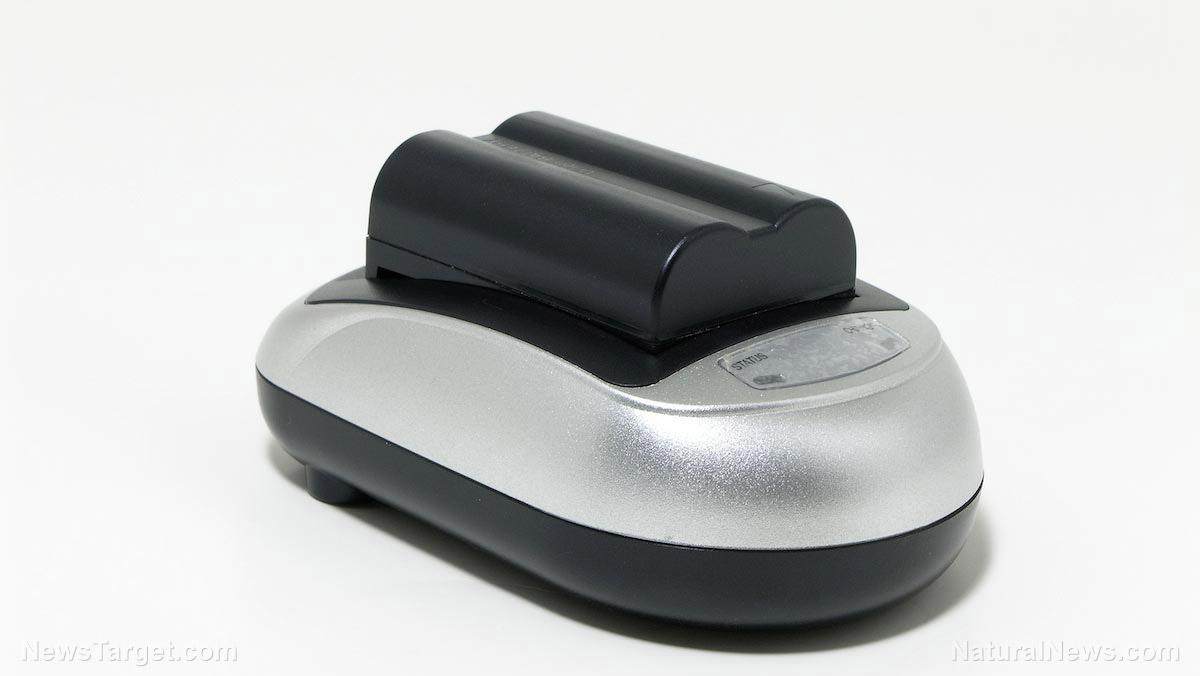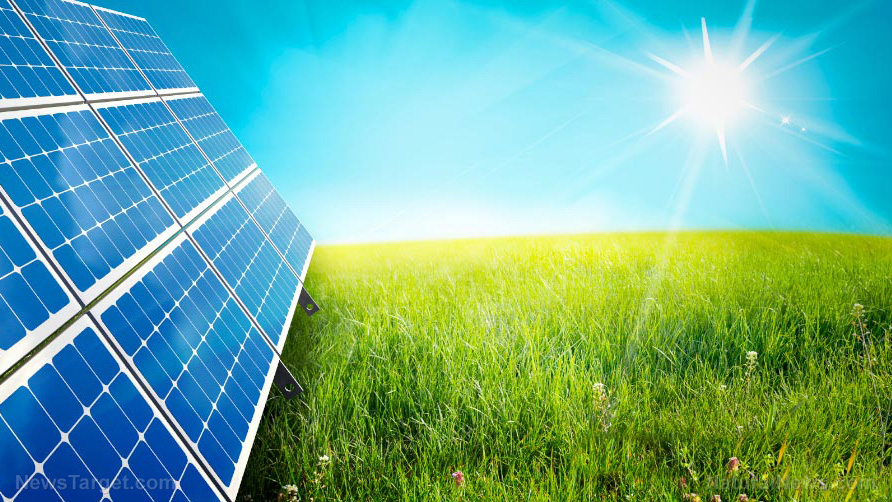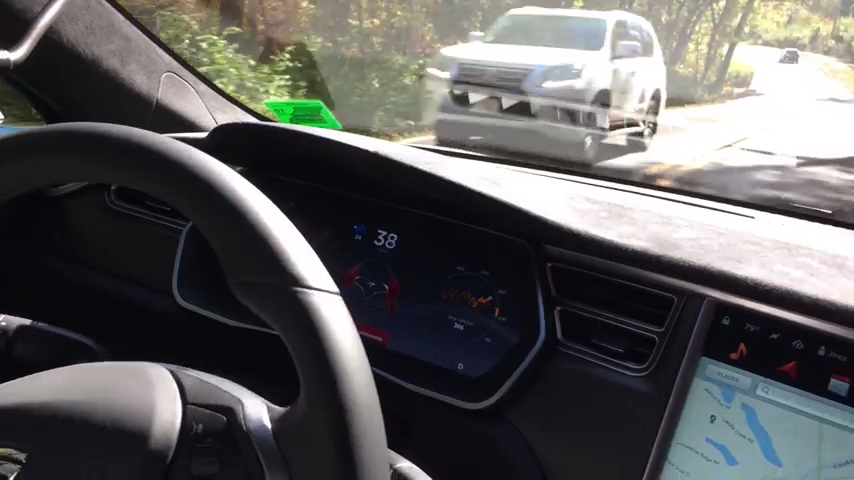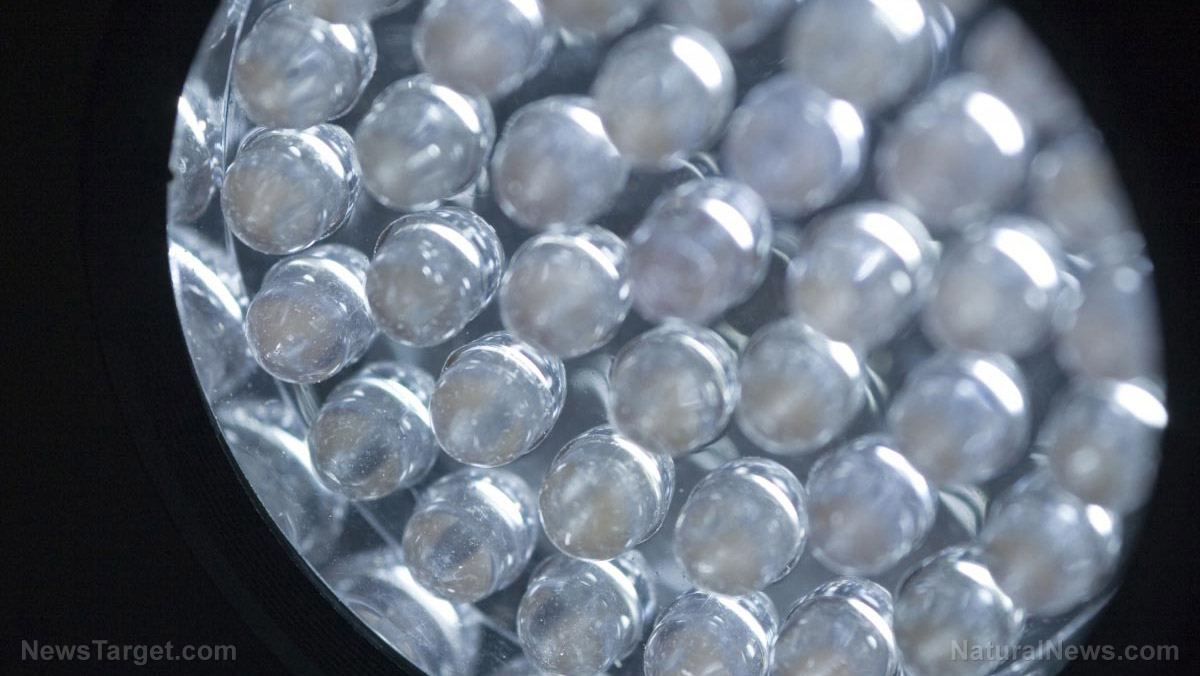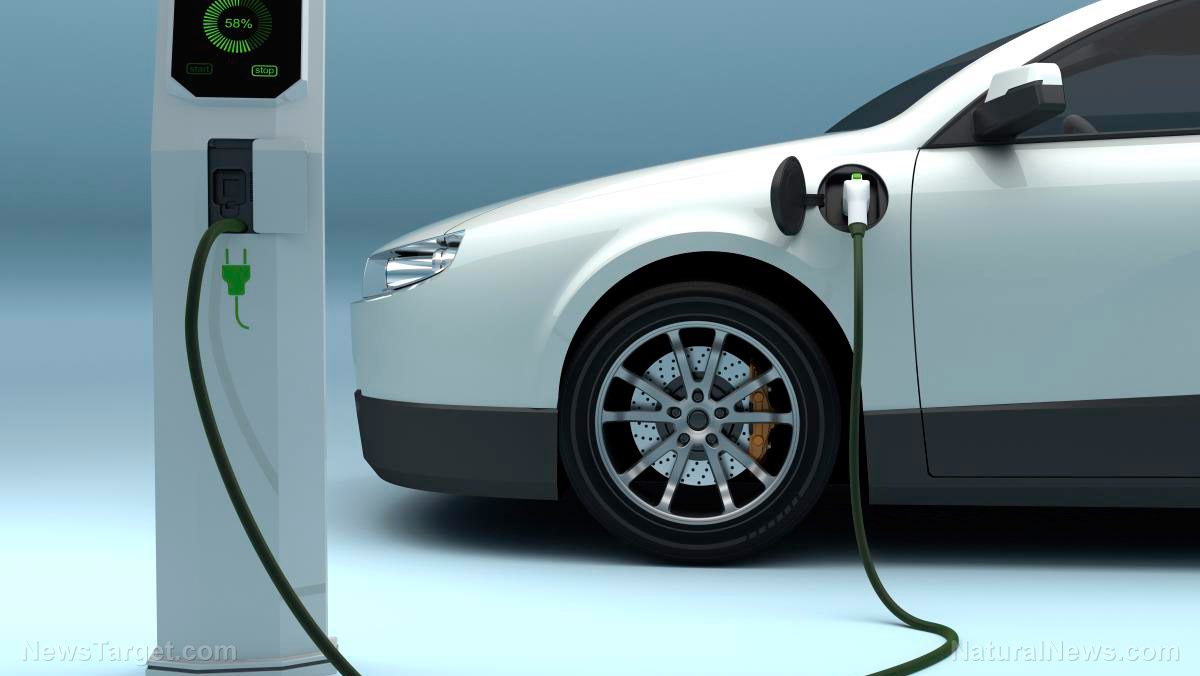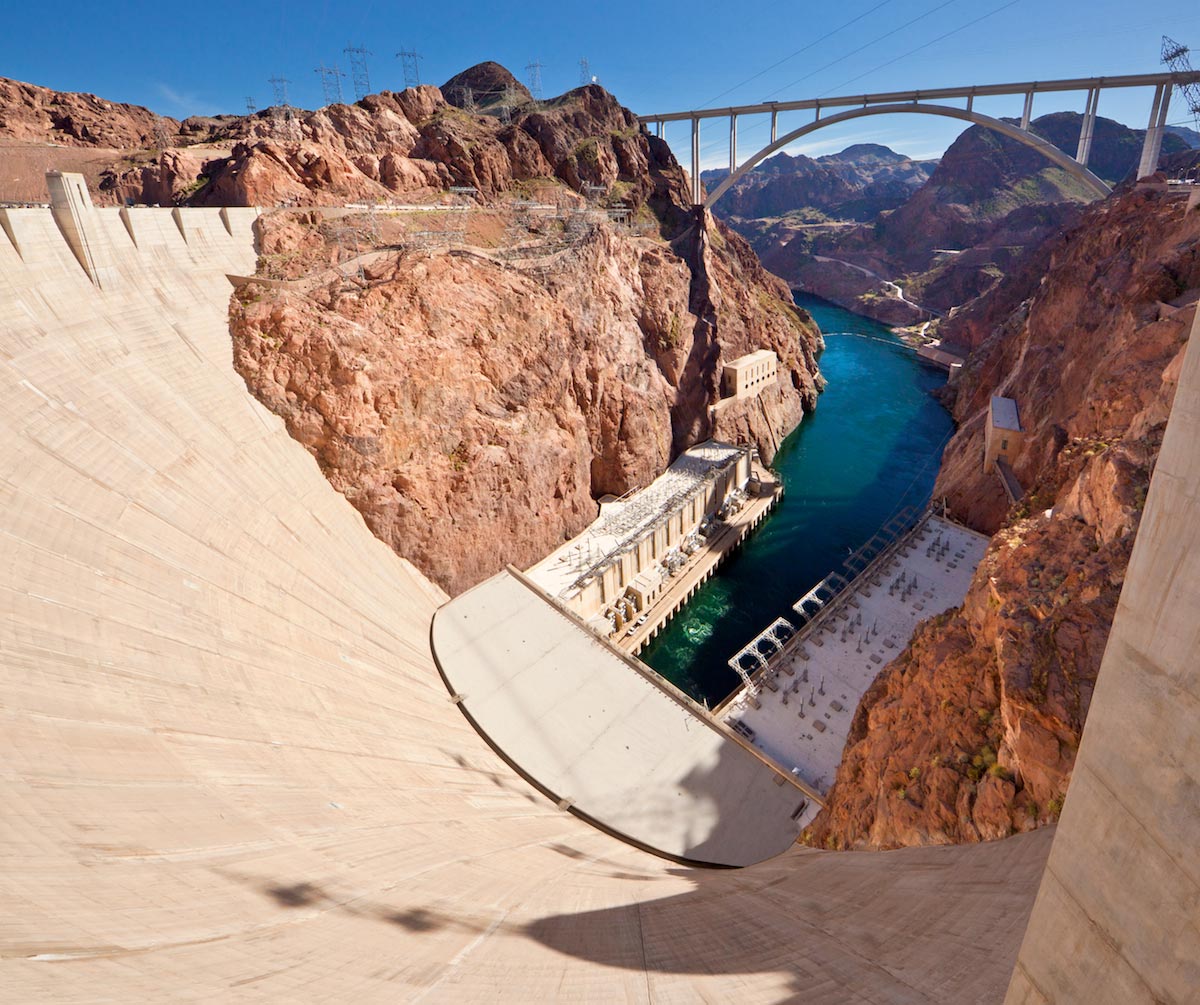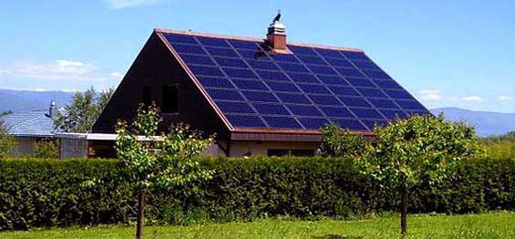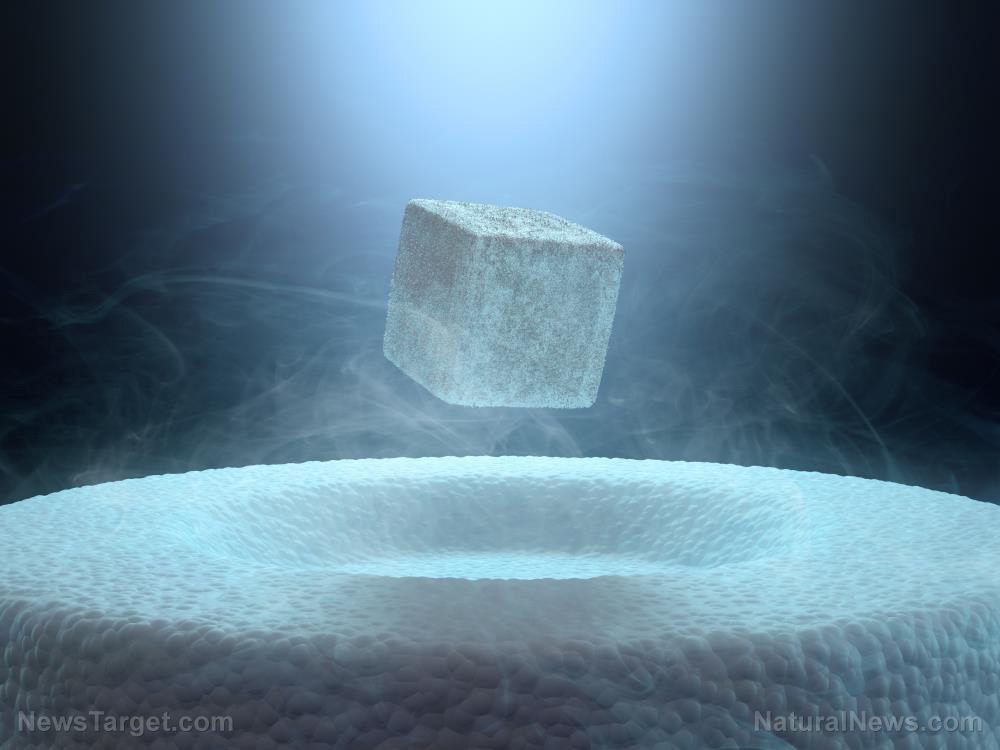Inexpensive battery alternatives when going off grid
11/02/2018 / By Edsel Cook
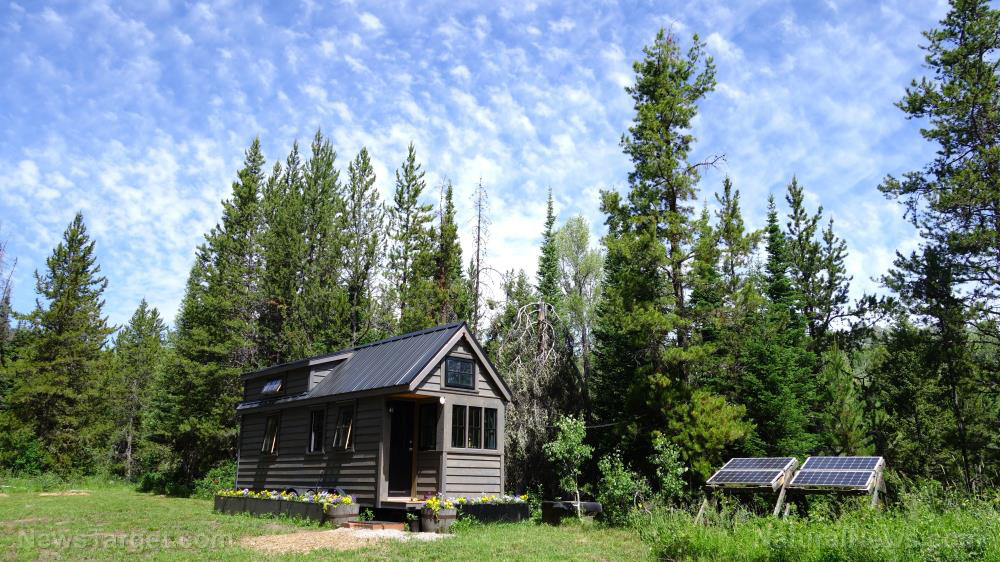
Thinking of getting a home-scale battery to help power your homestead or survival shelter even after the grid goes down for good? An article in Survivopedia provides the lowdown on the types of energy storage systems you might be previewing for purchase this Black Friday.
The big, pre-fabricated batteries are a big no-no for off-grid. They not only cost an arm and a leg, but they are also very vulnerable to a blast of electromagnetic pulse energy coursing through its connection with the generator. Your power generation systems might survive or be repairable, but an unprotected battery won’t.
If you do go this route, there are a number of good options to choose from. Edison batteries are great at deep cycling, can withstand constant use, and are fairly cheap and easy to acquire. However, the older designs are also unreliable and will require lots of maintenance.
Flooded lead acid (FLA) batteries are also tried-and-tested technology. They are inexpensive and sturdy, but may run into problems when winter sets in.
Among the newer types, flow batteries are perhaps the most promising. While they require pumps to function, they are very easy to upgrade to handle increasing energy needs.
Go for smaller pre-fabricated battery systems
There are advantages and disadvantages in adopting smaller pre-fabricated batteries. Their smaller size and lighter weight makes it easier to build Faraday cages around them.
In exchange for their compact size, they store less energy than the bigger types. They can only support the less energy-intensive appliances and devices.
NiMH rechargeable batteries have long lifespans. They are great for deep cycling and high drain uses. They cannot be repaired, though.
Automobile batteries are good for uses that drain low amounts of power. They are also common and easy to refurbish. However, they will only last a few years at most.
Photosynthesis-powered batteries get their electricity from plants. They are expensive and produce little power, but they can last for decades and require little upkeep.
Graphene batteries are very durable and fast-charging successors to lithium-ion systems. There are some available units that can power cars.
Nano-batteries are made up of many tiny batteries that can charge faster and store energy more efficiently than a single large battery. If you need maximum capacity in the smallest frame possible, you cannot go wrong with these.
DIY energy storage systems
If you have the right skills and access to appropriate materials, you can build your own batteries. These homemade energy storage systems can match the performance of factory-fabricated batteries.
Mechanical batteries store mechanical energy that is converted into electricity. They can be scaled up to produce more power. The best-known example is the flywheel battery.
Certain materials naturally store energy. Lemons, potatoes, and copper pennies can be turned into natural batteries that can provide small amounts of power for brief periods of time.
Making a Leyden jar requires a glass jar, tin foil, and salt water. It can act as a steady source of static electricity over the course of many years.
Likewise, earth batteries use ordinary soil as the electrolyte, two different metals as the electrodes, and wiring. They can fit in an ice cube tray or your backyard. Add a liquid electrolyte to the soil to improve the electrical output.
Saltwater batteries skip the use of soil. Instead, a very salty liquid solution serves as the electrolyte. Both saltwater and earth batteries are the best best for storing enough power to run a household’s appliances.
Get more tips to build an emergency energy storage system at OffGrid.news.
Sources include:
Tagged Under: affordable batteries, batteries, DIY, EMP attack, energy storage devices, energy storage solutions, Faraday cage, living off grid, off grid, Off Grid living


